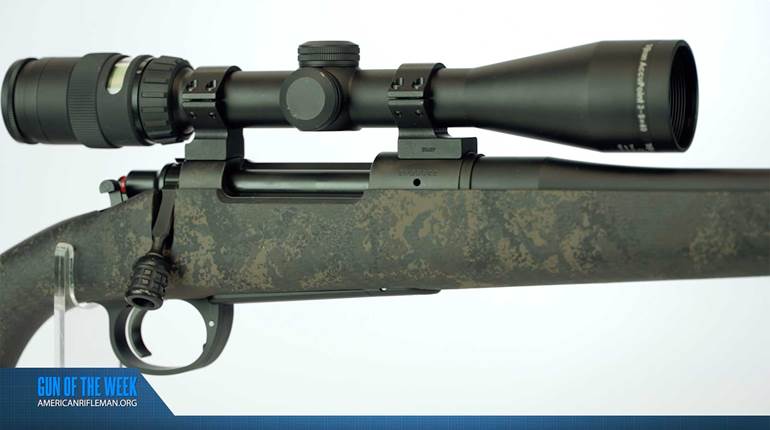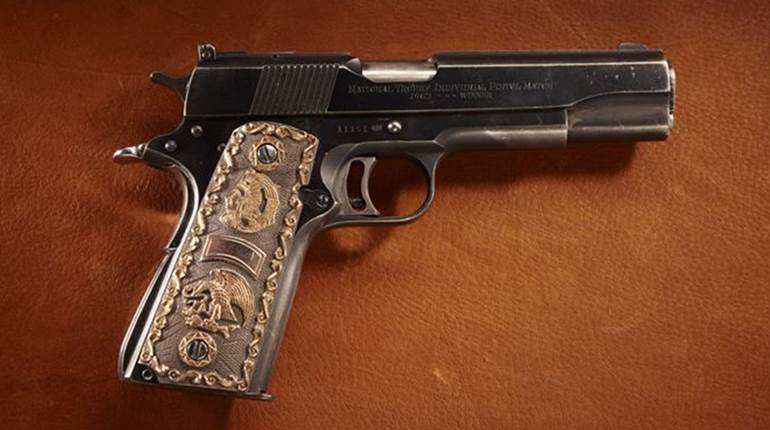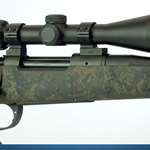In the American Civil War, there was an incredible variety of small arms used, particularly within cavalry units. One of the most popular cavalry carbines used throughout the war was the Burnside carbine. Watch our "American Rifleman Television" I Have This Old Gun segment above to see the Burnside on the range and hear about its unique origins.
"The Burnside carbine we're looking at today is a real interesting gun. And, of course, it's got a great history, including starting off with the name of its inventor, Ambrose Burnside," said Phil Schreier, director of the NRA National Firearms Museum. "He was a remarkable individual. He was present at the first Battle of Manassas, just down the street here in July of 1861. At one point, he even commanded the Army of the Potomac during the Civil War at the Battle of Fredericksburg through the spring of '63. He was governor of Rhode Island, and he has the honor of having been the first president of the National Rifle Association 150 years ago."
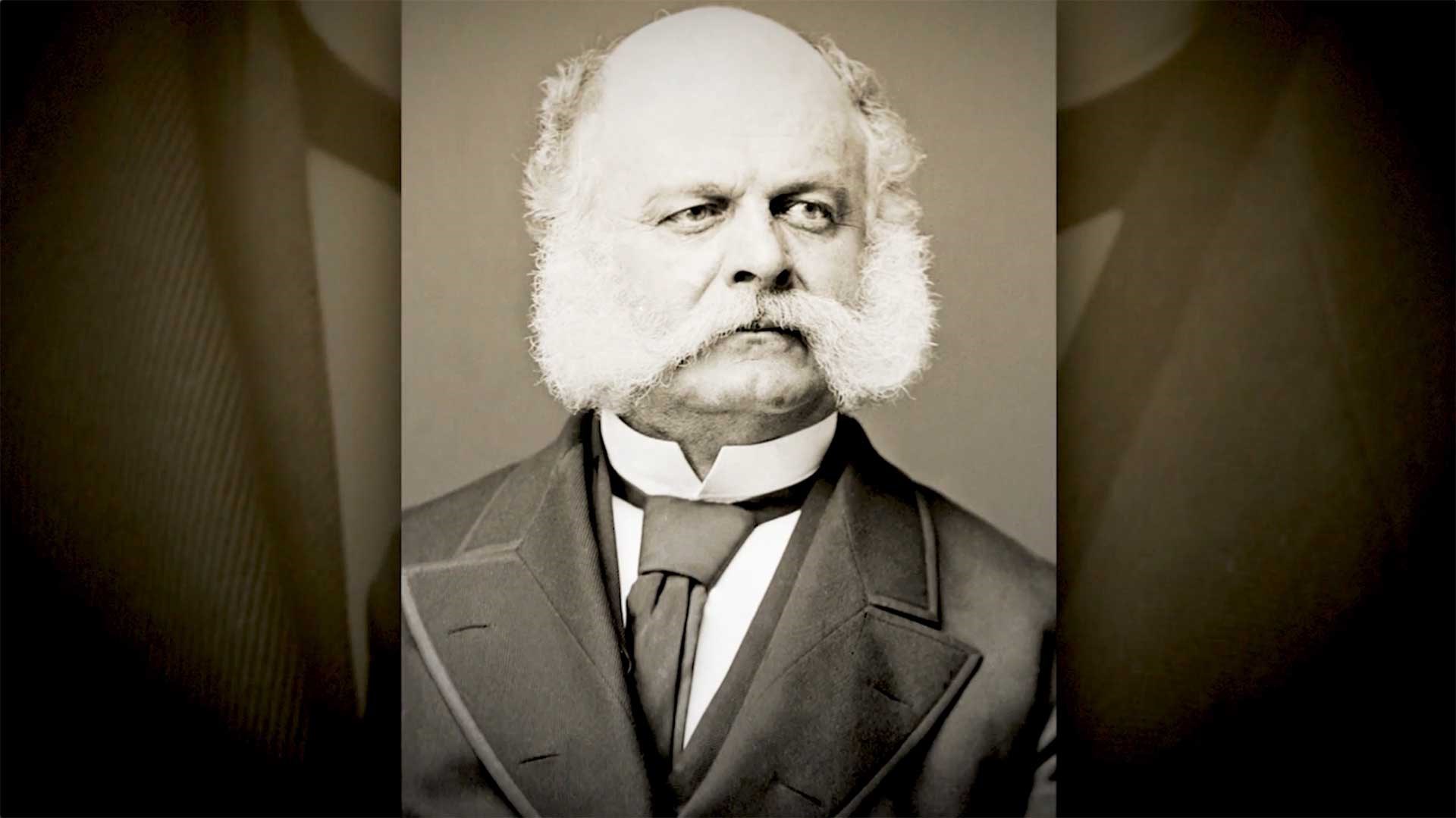
Ambrose Burnside graduated from the United States Military Academy at West Point in 1847 and served in the Mexican-American War. When he returned, he developed this idea for a breechloading cavalry carbine and, in the early 1850s, engaged the services of the team at Springfield Armory to develop a prototype.
"He devised a very, very clever breechloading carbine," American Rifleman Field Editor Garry James said. "It had a rising block, used an interesting kind of brass cartridge that looked, what today we would call an ice cream cone, except they didn't have ice cream cones back then, so they wouldn't have described it as such. But that's what it looks like. You drop the cartridge in, its tapered end first, close the breech, cap it and fire it, and away you go. It didn't have an ejector, but you could generally kind of pluck the case out."
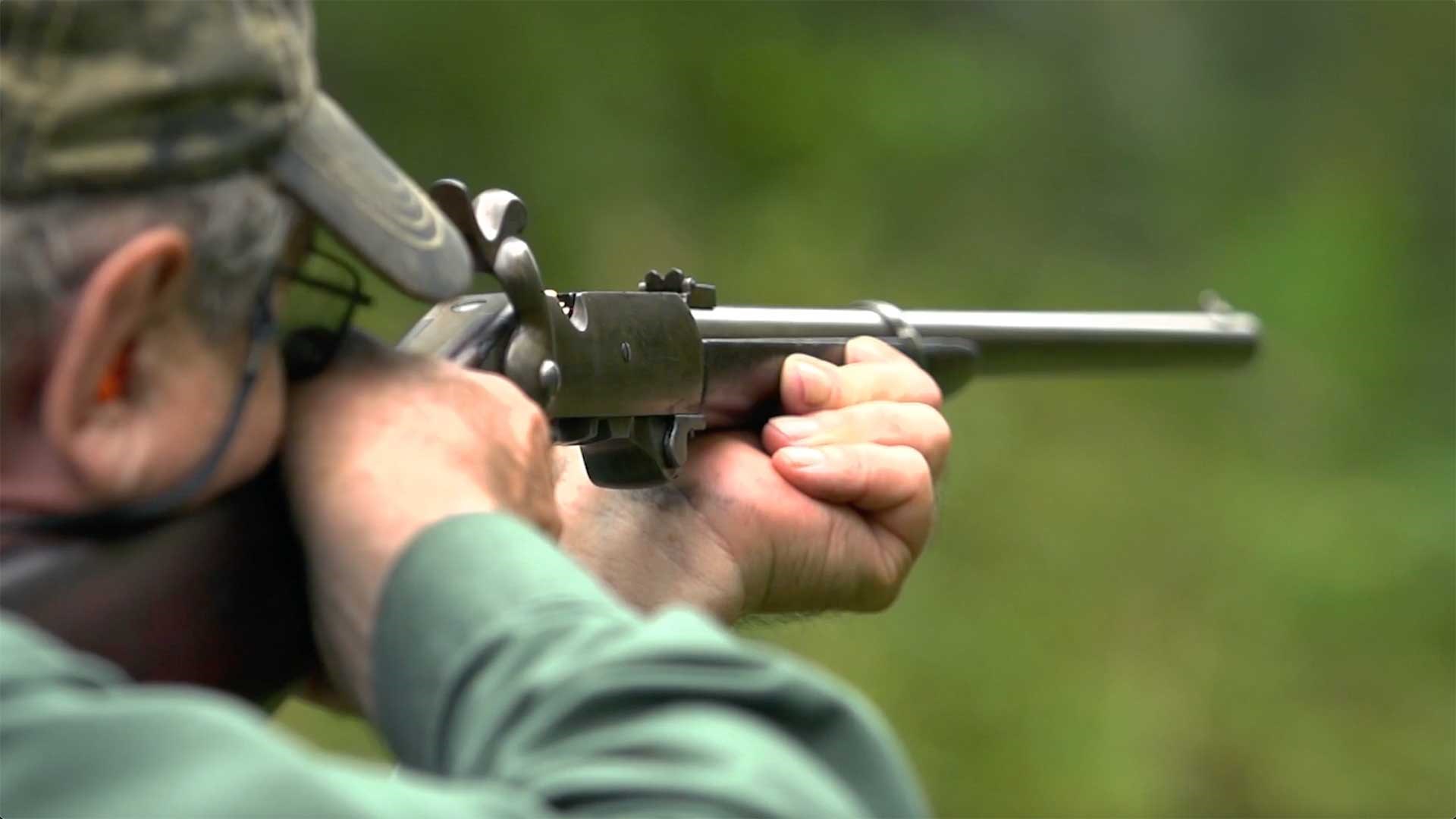
Despite the ingenious design and initial interest from the U.S. military, Burnside didn't have a means to manufacture even small quantities of the gun, and military interest faded. A frustrated Burnside eventually sold his shares in his company to a man named Charles Jackson, who later capitalized on the immediate need for guns after the start of the Civil War.
"The American Civil War really saw a technological leap in the country, and this leap really centered so much on firearms," American Rifleman Contributor Kenneth L. Smith-Christmas said. "And the firearms used in that war, although most of the infantry muskets were muzzleloaders, the cavalry had carbines. And so, during this period, what you find is that one of them stands out as the No. 3 gun. This came behind the Sharps, which was the most favored, and the Spencer, which was No. 2, but then by the end of the war became the favorite, and then the Burnside."
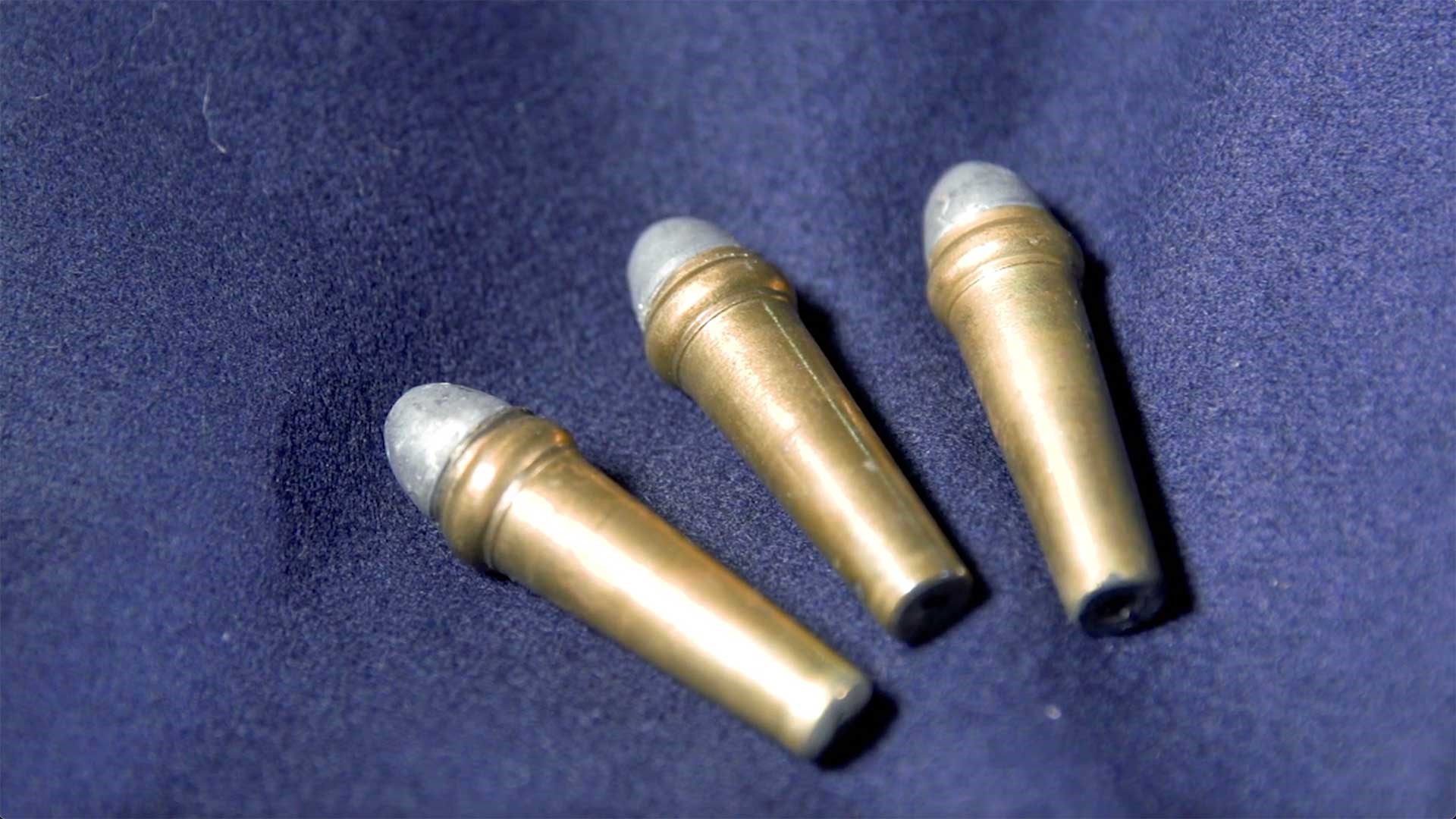
Despite being the third-most popular cavalry carbine during the war, the Burnside had limitations. The design evolved through five different models to make the gun more trooper-friendly and reliable, but there were deeper inherent issues.
"In 1853, the Burnside's a revolutionary design, but we're talking about a period of time here where there's such rapid firearm development and technological innovation that by 1863, a mere 10 years later, it's obsolete," American Rifleman Executive Editor Evan Brune said. "There's nothing more that really can be gained from this.
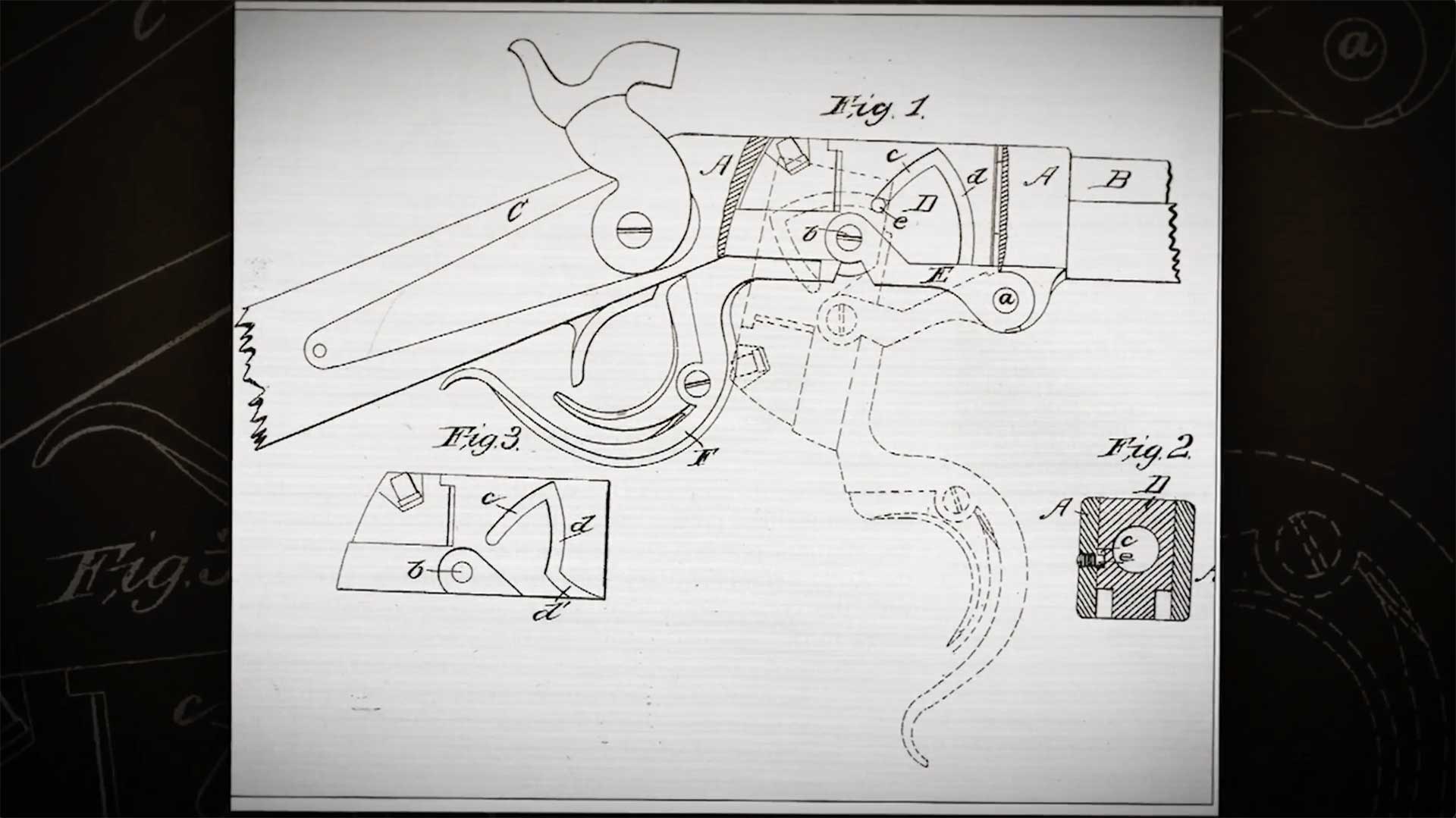
Notably, the Burnside was a capping breechloader and could not make use of primed metallic cartridges like the Spencer. The Sharps rifle, though it used a paper cartridge, had an exposed breech that could be easily converted to accept modern, rimmed metallic cartridges. The Burnside could not accommodate this kind of conversion.
"By the end of the Civil War, the Burnside Company is actually contracted to make Spencer carbines. And so the Burnside Company, you know, kind of goes out with a whimper, and it goes bankrupt," Brune said. "And the Burnside Carbine remains as what we recognize today as an important step in the ultimate evolution of the modern firearm. But it's a little bit of a dead end."
To watch complete segments of past episodes of American Rifleman TV, go to americanrifleman.org/artv. For all-new episodes of ARTV, tune in Wednesday nights to Outdoor Channel 8:30 p.m. and 11:30 p.m. EST.
